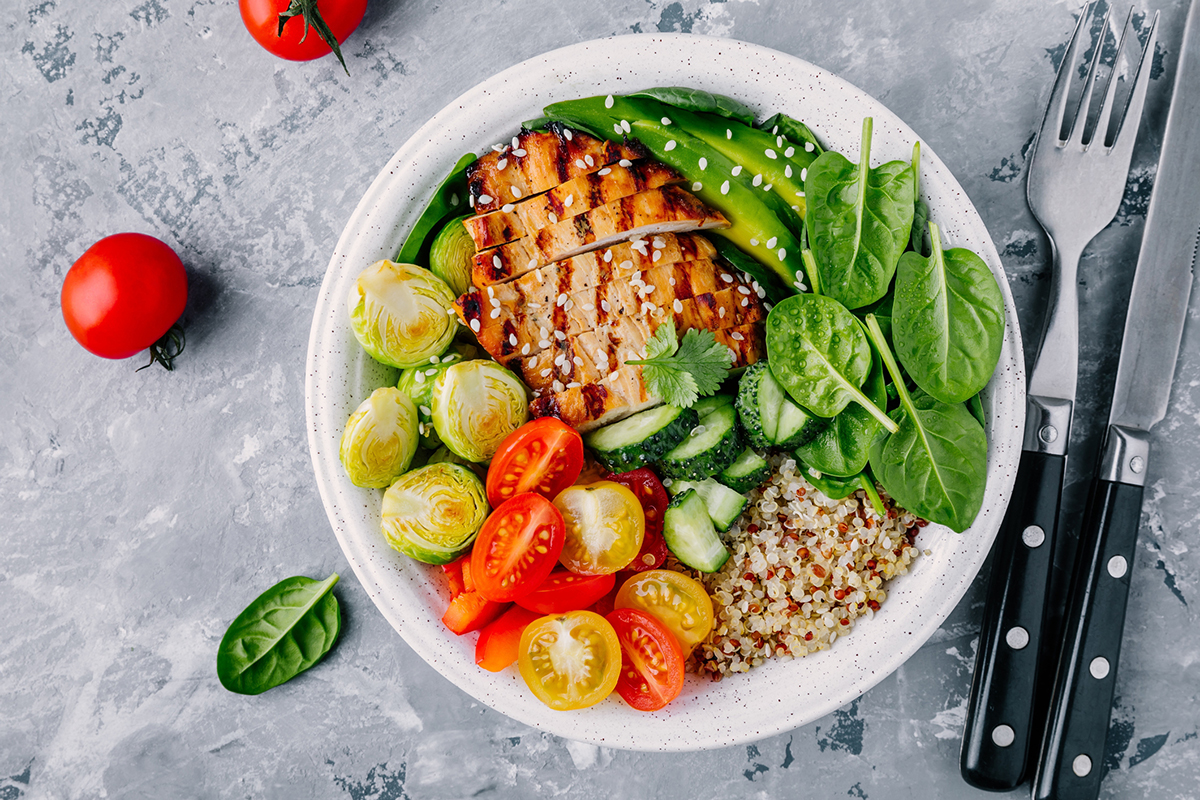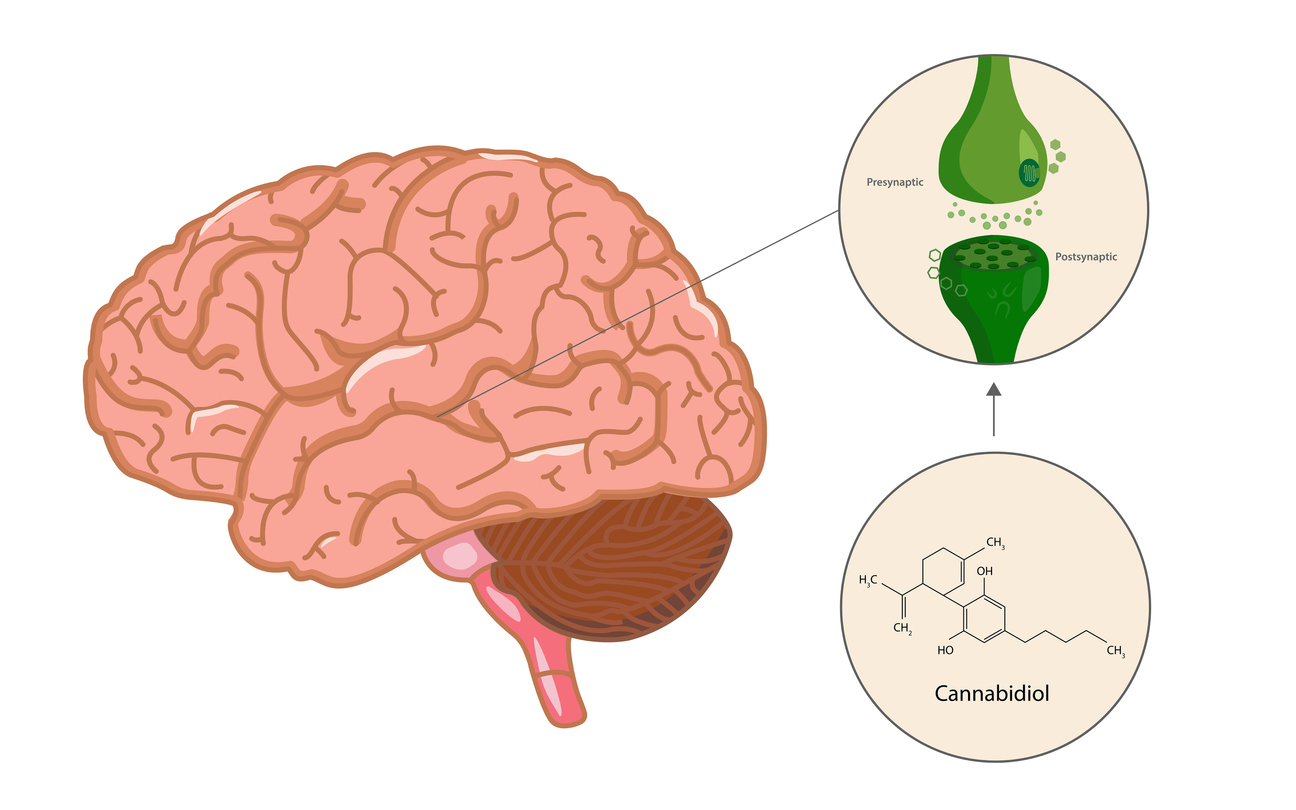Gallbladder disease is a modern illness. An estimated 20 million Americans have gallbladder disease. The sole function of the gallbladder is to store bile, which is produced in the liver and aids in the digestion of fats in the small intestine. The gallbladder has become a prime target for surgical intervention; in fact, this is the most common type of major surgery. Sometimes it’s done to reduce pain, sometimes to remove gallstones. It’s especially common among women who are receiving estrogen replacement therapy, since estrogen stimulates the production of gallstones. (Accordingly, women with gallstone problems are probably not good candidates for oral estrogen replacement; they might do better with a transdermal estrogen patch.) This is a degenerative disease that’s clearly related to diet. A study performed at the University Hospital of Riyadh, Saudi Arabia, found that the incidence of gallbladder surgery went up by 600 percent in that country as the people shifted from a simpler, nomadic existence, eating traditional foods, to a more sedentary lifestyle “enriched” by all the sugary, fat-laden foods of the developed world.
In gallbladder disease, bile in the gallbladder becomes concentrated and thickens. Gallstones are born out of this sludge from cholesterol and bile salts. The end result of the disease process is inflammation (cholecystitis) or stones (cholelithiasis). A gallbladder attack occurs when the gallstone blocks the flow of bile from the gallbladder and is manifested as a pain in the right side (sometimes perceived in the right shoulder because of referred pain) as severe as the excruciating pain of a heart attack.
Some factors that contribute to the development of gallbladder disease are:
- Heredity. Gallstones occur slightly more frequently in Mexican Americans and Native Americans but also are common in people of northern European stock.
- Age. Gallbladder disease often strikes people older than 60 years of age.
- Gender. In medical school, the “five F’s” help doctors to remember the usual patient with gallbladder disease: “fair, fat, forty, fertile and female.” Sexist as it sounds, it describes the group most frequently affected by gallbladder disease: overweight middle-aged white women with a history of several pregnancies. Excess estrogen may be implicated, since hormone replacement after menopause increases the likelihood of stones.
- Diet. The propensity of Western diet to predispose one to gallbladder disease was commemorated by journalists during the Persian Gulf War—the prevalence of gallbladder disease among Saudis had gone up 600 percent since the 1940s, when they began “enjoying” more and more Western foods! Most people know that there is an established link between fat intake and gallbladder disease, but many don’t realize that there also is a significant correlation with high sugar intake as well.
- Obesity. In comparison with people of normal weight, the bile of obese people is supersaturated with cholesterol, predisposing them to the development of gallbladder illness.
- Slow intestinal transit. Medical professionals have long known that constipation is common in patients who have gallbladder disease. Studies confirm that slow intestinal transit contributes to the formation of gallstones in women of normal weight.
Having gallstones doesn’t mean that one should rush right out, consult a surgeon, and schedule major surgery. You can live with gallstones and be symptom-free. Physicians have noticed that certain foods can initiate a gallbladder attack in patients who have gallstones. When these foods were eliminated from their diet, their gallbladder symptoms disappeared. In explanation, it is thought there might be a food allergy mechanism at work, wherein the gallbladder responds to the allergy-producing food with symptoms of a gallbladder attack.
The most frequently offending foods are eggs, pork, onions, poultry, milk, coffee, oranges, corn, beans and nuts.
Rose, a 61-year-old woman from Virginia, came into my office for gallbladder complaints. She had been advised to have surgery, but her daughter encouraged her to get a second opinion. I determined that she was not in any immediate danger and gave her a modified version of the “gallbladder disease elimination diet” by Dr. James Breneman. (This is not a “do-it-yourself” diet but should be monitored by a physician.) This diet eliminates the most commonly offending foods outlined above. Besides having Rose increase the fiber in her diet, I also gave her lecithin and certain herbs, such as artichoke and dandelion, that help drain bile from the gallbladder. For several weeks, Rose was symptom-free, except on one occasion when she slipped from her diet. This was a gradual, gentle diet plan— crash diets actually can precipitate gallstones.
Still on the diet after three months, she had lost 12 pounds, had a 65 point reduction in her cholesterol level, was symptom-free and felt great. Fifteen years later, she still hasn’t required surgery, even though surgical methods are simpler now and are prescribed more often.
With the advent of laser laparoscopic surgery in this country, it’s much easier to take gallbladders out. As a result, the surgery rates for this disease have almost doubled. Does it make sense to perform so much more surgery merely because it’s easier? To some extent, yes, because it’s not as perilous as before and doesn’t require such a long hospital stay. But this new technique has made the gallbladder an easier and more tempting target for surgeons, and it has made people less reluctant to undergo surgery that may not be entirely necessary.
A reaction is setting in, however, as more doctors realize that most painful gallbladders can be left alone once they’re mostly quiescent, with just the occasional painful attack. In fact, the pain generally can be reduced by dietary measures: lowering fat and sugar intake or avoiding problem foods such as eggs, poultry or pork. The presence of gallstones in itself doesn’t seem to warrant surgery—the new belief is that you can happily take them to your grave. There are some exceptions: people with diabetes in particular may be well advised to have the surgery. Since they sometimes have nerve difficulties and don’t get clear-cut pain signals, they run the risk of complications from silent or unperceived gallbladder attacks and might wind up with a ruptured gallbladder. Surgeons are aware of this, and they operate decisively in these cases.
I’ve seen many people, however, who suffered from gallbladder pain, had the operation and then suffered from a postoperative syndrome: The stones were out but they still had pain. And that’s pretty aggravating, because their doctor suggested that the stones were the source of the pain. In some cases, the gallbladder is removed only to reveal that it wasn’t the source of the pain, that there was some other somatic cause unrelated to whatever stones or sludge might have appeared in the gallbladder.
So if your gallbladder is really shot and if you’re having pain all the time, have it out. But most people can pretty well poke along with an asymptomatic gallbladder. Sporadic gallbladder attacks that respond to diet changes and the presence of gallstones identified by sonogram are not in themselves an indication for surgery. The pain can be brought under control with dietary modification, and the presence of the stones by itself doesn’t mean you need to have them taken out. But this is how it’s presented to people. Surgeons will show you a sonogram of a gallbladder laden with stones as a selling point to get you on board for the surgery. It can be hard to resist this kind of pitch from a medical expert, but unfortunately this represents a situation that patients often find themselves in.
If needed, there are several surgical methods of treatment available as well as medical treatments for gallbladder disease. They include:
- Laser laparoscopic cholecystectomy. No longer do patients have to suffer the agony of long incision lines just below the rib cage, making postoperative recovery difficult. Surgeons are removing gallbladders using lasers and a fiber-optic laparoscope (a flexible fiber-optic tube). But if you opt for this surgery, beware! This type of “key-hole surgery” takes considerable skill on the part of the surgeon. A few unfortunate deaths have been related to lack of proper training and experience in this delicate procedure; complication rates have actually increased since its introduction. Make sure you ask the surgeon where he or she received training in the procedure and how many he or she has performed. Some states impose regulations regarding the training and practice of physicians performing this operation.Though press and publicity for these surgical procedures tout one-day hospital stays, the actual stay is generally three to three and a half days. In some cases there’s a need to revert to the older procedure after the laser procedure is attempted.
- Small-incision cholecystectomy. This is an alternative to the laser procedure. It’s a variation of the traditional gallbladder operation but with a much smaller incision, averaging two to three inches instead of the much larger standard incision. The operation is shorter than the laser procedure, the hospital release time is the same, and the rate of need for reversion to the older surgery is the same. The more sophisticated procedures may not be an improvement.
- Medication. Actigall, or ursodeoxycholic acid, is taken orally to dissolve stones made of cholesterol. It takes one to two years for complete dissolution of stones. Only sufficiently small stones of a certain type are treatable with this drug. Unfortunately, many people think they can eat fats with impunity after surgery. In reality, gallbladder disease is a warning sign that your dietary excess is hurting you! People who suffer from gallbladder disease often have other concurrent metabolic disorders, such as a predisposition to cardiovascular disease and diabetes.Prevention of gallbladder disease still is the best approach. Here are some things you can do to decrease your risk:
- Lose excess weight. But don’t crash diet! Rapid weight loss contributes to the formation of gallstones.
- Eat a healthy diet. A diet that is low in fat, low in cholesterol, low in sugar and high in fiber will help prevent gallbladder disease. Fat, cholesterol and sugar all contribute to gallbladder disease. Slow intestinal transit can be prevented by increasing fiber in the diet. And eat more vegetables! A British study showed that vegetarians have a lower incidence of gallbladder disease.
- Avoid food triggers. As mentioned before, there’s a correlation between gallbladder attack symptoms and certain foods in people who are sensitive to them. Be on the lookout for food triggers.
- Recommended nutrients. Omega-3 oil, found in fish, may block cholesterol formation in bile. People with a tendency toward gallstones can take a higher dose than normal: four to six 1,000-milligram capsules of fish oil a day. Lecithin has an emulsifying effect on bile, and taurine, an amino acid, binds to bile salts and accelerates their elimination.






